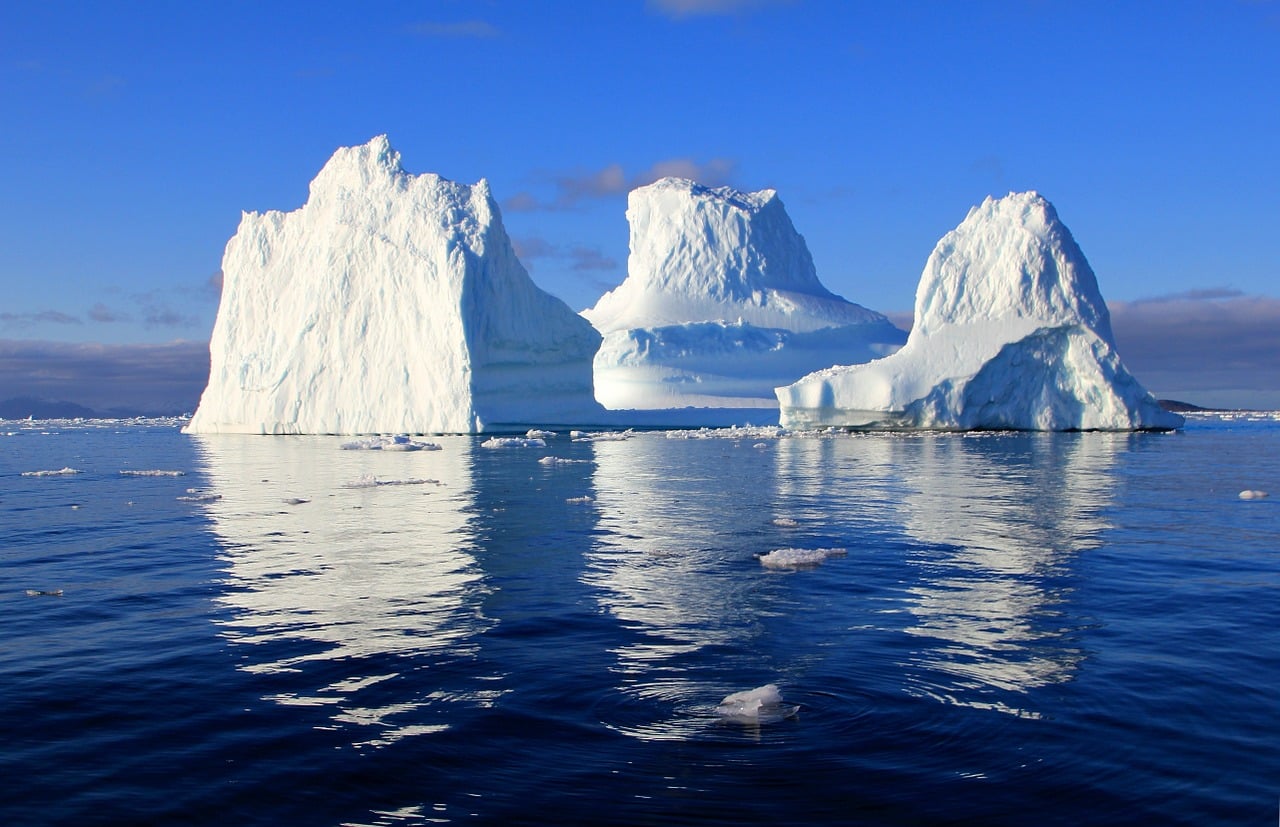Subglacial lakes are some of the most important geological features on Earth, and scientists have now discovered more than 50 hidden lakes beneath Greenland’s Ice Sheet. A total of 56 previously hidden lakes were discovered, which now makes 60 in total.
Lakes of the same type are present on Antarctica also. However, the hidden lakes under Greenland’s Ice Sheet are significantly smaller than the ones in Antarctica. Their discovery is nonetheless important, because it shows that subglacial lakes are more common on Greenland than was previously thought.
Subglacial lakes are basins of water that form beneath the ice. The meltwater is caused from the pressure of the thick ice and the heat that is generated as the ice flows, as well as heat from the Earth. That water then gets trapped in depressions made by the glacier as it flows.
The discovery of these lakes helps scientists understand how water drains beneath the ice sheet, and helps predict the influence of rising temperatures and ice melt. The findings of more than 50 hidden lakes under Greenland’s Ice Sheet were published in the journal Nature Communications.
“Researchers have a good understanding of Antarctic subglacial lakes, which can fill and drain and cause overlying ice to flow quicker,“ Lead author Jade Bowling of the Lancaster Environment Center, Lancaster University, said in a statement.” However, until now little was known about subglacial lake distribution and behaviour beneath the Greenland Ice Sheet.
“This study has for the first time allowed us to start to build up a picture of where lakes form under the Greenland Ice Sheet. This is important for determining their influence on the wider subglacial hydrological system and ice-flow dynamics, and improving our understanding of the ice sheet’s basal thermal state.”
The lakes range in size, stretching from 0.12 miles to 3.6 miles in length. The majority of these lakes were discovered under the ice away from the largely frozen ice bed of the interior, which has relatively slow movement. These areas were previously thought to be relatively stable.
However, these lakes could pose a threat as the climate continues to change and as temperatures increase. Surface meltwater will form more lakes at higher elevations with the drainage of this water flowing to the bed, causing the subglacial lakes to drain and become active. The researchers even found evidence of lake activity that suggests that two new subglacial lakes first drain and then refill. That said, if the ice continues melting as a result of rising temperatures, much more than 50 hidden lakes under Greenland’s Ice Sheet will be discovered. As the sheet continues melting, it’ll result in more melting of the glaciers and higher ocean levels.
“The lakes we have identified tend to cluster in eastern Greenland where the bed is rough and can therefore readily trap and store meltwater and in northern Greenland, where we suggest the lakes indicate a patchwork of frozen and thawed bed conditions,” Dr. Stephen J. Livingstone, Senior Lecturer in Physical Geography, University of Sheffield, said. “These lakes could provide important targets for direct exploration to look for evidence of extreme life and to sample the sediments deposited in the lake that preserve a record of environmental change.”





